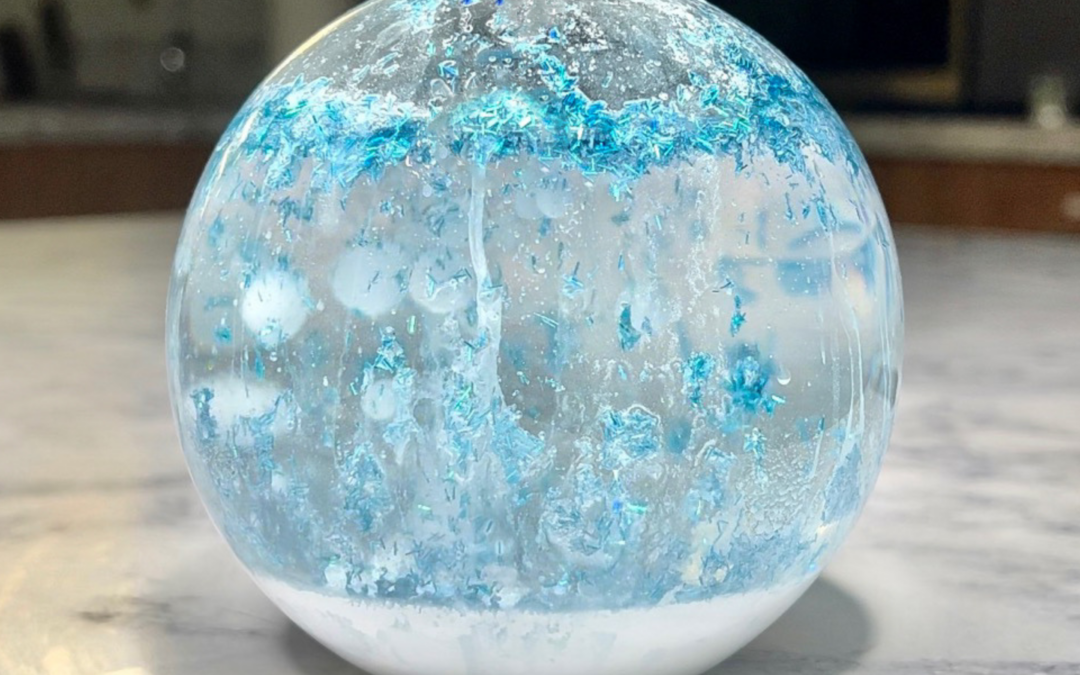A science notebook is an important tool for students of any age.
Learn how you, as teachers or parents, can guide young scientists in using this valuable aid to science discovery and learning.
What is a Science Notebook?
A science notebook (or lab notebook) is a collection of writing and drawing, done by the student.
We recommend using a 1-subject notebook with a sturdy cover to help keep notes safe from splashes or spills.
The unlined paper of our science notebook is ideal for using at any grade level. If you’re looking for a spiral-bound option, try the nature notebook.
Why Keep a Science Notebook?
- Writing notes can help a student understand and remember each science lesson.
- Lab notebooks teach students to think about the “what happened” side of each experiment.
- Keeping a science notebook is a hands-on and personal approach to learning.
- A science notebook can encourage students who are not scientifically-minded but like to write or draw.
Who Should Keep a Science Notebook?
Students of any age will enjoy this activity. Keep reading for specific ideas on teaching each age group.
Early Elementary (Grades K-2)
Younger students will be able to draw and write big ideas in their notebook. This science tool can also reinforce reading and writing skills. At this age, entries could include:
- before and after drawings of an experiment
- leaf rubbing from a nature walk
- labeled drawing of the parts of a tree
- list of our senses
Encourage students to use colors that make sense, and sound out words or copy from an example.
Elementary (Grades 3-6)
Older elementary students will enjoy using this tool to keep notes. These students can write down their predictions, or list the steps of an experiment. Encourage organization on the page, so students can show in a clear and beautiful way what they know. You may also use the science notebook as a sort of journal. Have students keep daily notes of what they observe for a longer experiment or study. This works well for:
- studying the life cycle of mealworms
- observing plant growth
Junior High and High School (Grades 7-12)
A science notebook is a great tool for middle school and high school students.
Students should incorporate the scientific method into their notebook entries. Have students make observations, write down a hypothesis, and keep track of their experiments.
What variables did you use? Was the experiment successful? A concise written conclusion should be the last step of a science notebook entry. Have students explain what happened and why.
Here are some experiment ideas to get your students started:
- observe bacteria growth using petri dishes
- test nutritional content of different foods
- compare Vitamin C content in different fruit juices
You can also have students of this age draw what they see in a dissection of a preserved specimen.
Or, when doing a microscope lab, have students make a labeled picture of the parts of a cell.
How Do You Keep a Science Notebook?
Science Notebooks are a tool for recording learning. They can help a parent or teacher give a fair science grade. Instruct students to put the date at the top of the page.
Be sure to have students organize each entry. Use headers like: Observations, Predictions, Experiment Process, and Conclusions.
Recording failed attempts is an important part of learning, too!
If the experiment doesn’t work out the first time, have students look at their notes and try to find out why. Did they follow each step the right way?
Try it again, and record the results.





